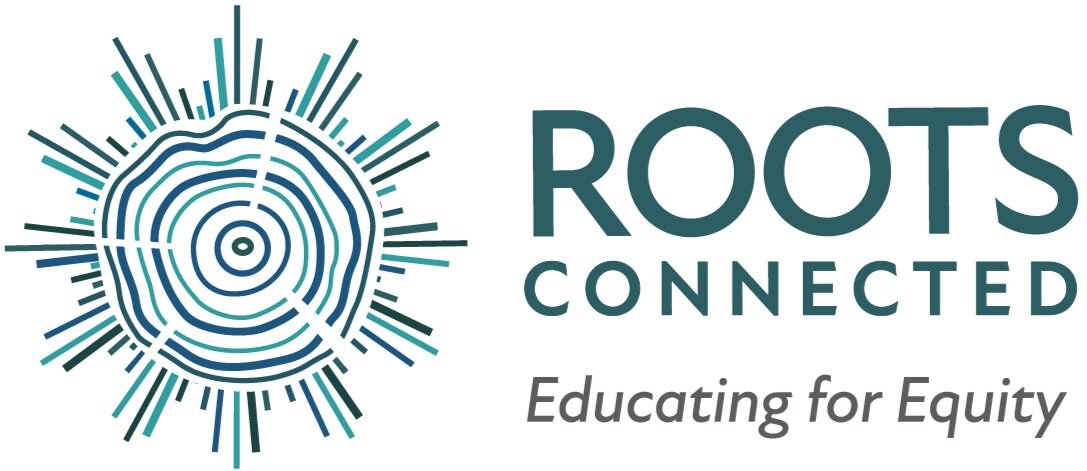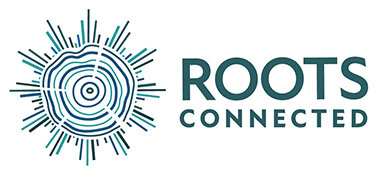From Assumption to Awareness: Three Questions to Help You See Differently
A guide to disrupting patterns that perpetuate bias and move us to have more human-centered interactions.
Engaging with perspectives beyond our own is an act of both courage and empathy—one that strengthens our capacity to connect, collaborate, and create more just and inclusive communities. It asks us to sit with discomfort, to question the stories we've inherited and the ones we continue to tell ourselves, and to examine not only what we see, but how we see—and why. All of us carry biases, shaped by our experiences, identities, and environments. But when we intentionally consider perspectives other than our own, we open the door to deeper understanding, more human-centered dialogue, and shared solutions. This practice matters—not just in theory, but in how we show up in our classrooms, workplaces, and communities every day.
From an early age, we learn ways of seeing the world that feel natural, even neutral. We are taught who and what are valuable, who holds power, and who does not. These beliefs take root quietly until they feel like truth. When left unexamined, they shape our assumptions, our decisions, and the ways we move through the world. This is how bias operates—not always in overt ways, but through the quiet habits of thought that influence who we trust, whose voices we center, and who we make space for.
If we are serious about justice, we must approach every narrative with critical attention and humility. This means being willing to sit with discomfort, hold multiple truths, and lead with empathy—recognizing that our own perspective is not the only one, and that understanding others requires intention. Without this, we risk contributing to the very inequities we seek to dismantle.
Why Does this Matter?
When we commit to seeing beyond the limits of our own perspective, we create conditions for shared understanding, collective growth, and real transformation. We move beyond protecting our comfort and toward honoring our responsibility to one another. In this space, real community begins—one where everyone has room to speak, to be heard, and to belong. When we stretch ourselves to consider perspectives beyond our own, we don’t just contribute to a more just world—we also grow in empathy, deepen our relationships, and expand our own thinking. This kind of reflection can help us navigate conflict with more clarity, make better decisions, and connect more meaningfully across lines of difference. Whether we’re leading a team, teaching a class, parenting a child, or building community, pausing to ask whose voice is missing or how our lens might be limited helps us show up with greater intention and integrity.
The following three questions invite deep reflection. They call us to name our own lenses and experiences, recognize who is made visible and who remains erased, and ask us to confront the consequences of the stories we uphold. By leaning into these questions, we deepen our ability to listen with empathy and see the humanity in others, paving the way for more connected and compassionate communities.
1. How does my identity or experience shape how I am engaging with others?
Our perspectives are shaped by our identities. Naming, recognizing, and understanding these influences is essential because it deepens our awareness of how we engage with others, what we might overlook, misunderstand, or unknowingly reinforce.
Asking questions like:
When do I hold power? In what contexts do I hold power?
How often am I in a position of power?
Through what aspects of my identity have I experienced oppression?
This allows us to reflect with intention on our intersecting identifiers. Starting with self-awareness grounds us in humility and prepares us to engage more honestly with others. Through this process, we can think about how assumptions and beliefs shape what we accept as “normal” or “true.” Just as we must avoid imposing a single story on groups we’re not part of, we must also resist viewing the communities we do belong to as monolithic—recognizing the diversity of thought, experience, and identity within our own cultural or social groups. It is through this reflection that we begin to dismantle the power structures that uphold dominant narratives.
2. Whose voices are centered and whose are absent?
Each situation is shaped by deliberate choices about whose experiences are valued and whose are pushed to the margins. These choices are never neutral; they reflect systems of power that determine which narratives are told, repeated, and affirmed and which are silenced, ignored, or erased.
This question asks us not only to notice absence, but to take responsibility for it. These questions may be helpful to reflect on:
How am I making space for the voices and truths that have been excluded?
Am I actively seeking out counter-narratives?
How am I amplifying perspectives that challenge dominant viewpoints, not just confirming what I already know?
Moving beyond surface understanding means recognizing that power is at work in every story and committing to the ongoing work of uplifting silenced voices and centering truth.
3. Who benefits from this and who is harmed or erased?
Every situation carries power. It shapes what we accept as truth, who is granted full humanity, and who is diminished or erased. This question asks us to recognize which perspectives can uphold systems of oppression by protecting certain comforts and silencing difficult truths and which perspectives offer. It calls us to challenge these patterns and to question the roles we play in sustaining or disrupting them.
As we reflect on this question we might also think about:
What does this situation ask me to believe?
Who is humanized and who is not?
What patterns of oppression are being upheld?
Engaging with these questions is an invitation to step into accountability by rejecting stories that perpetuate harm and amplifying those that reveal truth and honor complexity.
Critical reflection demands humility, courage, and persistence. When we ask these questions regularly, we move beyond partial truths and open ourselves to the full range of human experience. This practice not only creates space for marginalized voices to rise and for truth to be centered - it also transforms how we relate to one another. By considering perspectives beyond our own, we challenge assumptions, disrupt bias, and become more thoughtful collaborators, educators, leaders, and community members. It allows us to build trust, deepen understanding, and navigate differences with greater compassion. In a world that often rewards certainty and speed, this kind of reflection slows us down—inviting us to lead with curiosity instead of judgment, and to choose connection over control. Ultimately, this work makes us more human—and more capable of creating the kind of spaces where everyone can belong.
Roots ConnectED works closely with school and family communities to provide tailored comprehensive long term strategies for developing critical thinking skills and building community across lines of difference. To learn more about coaching with us or start a conversation contact us.



